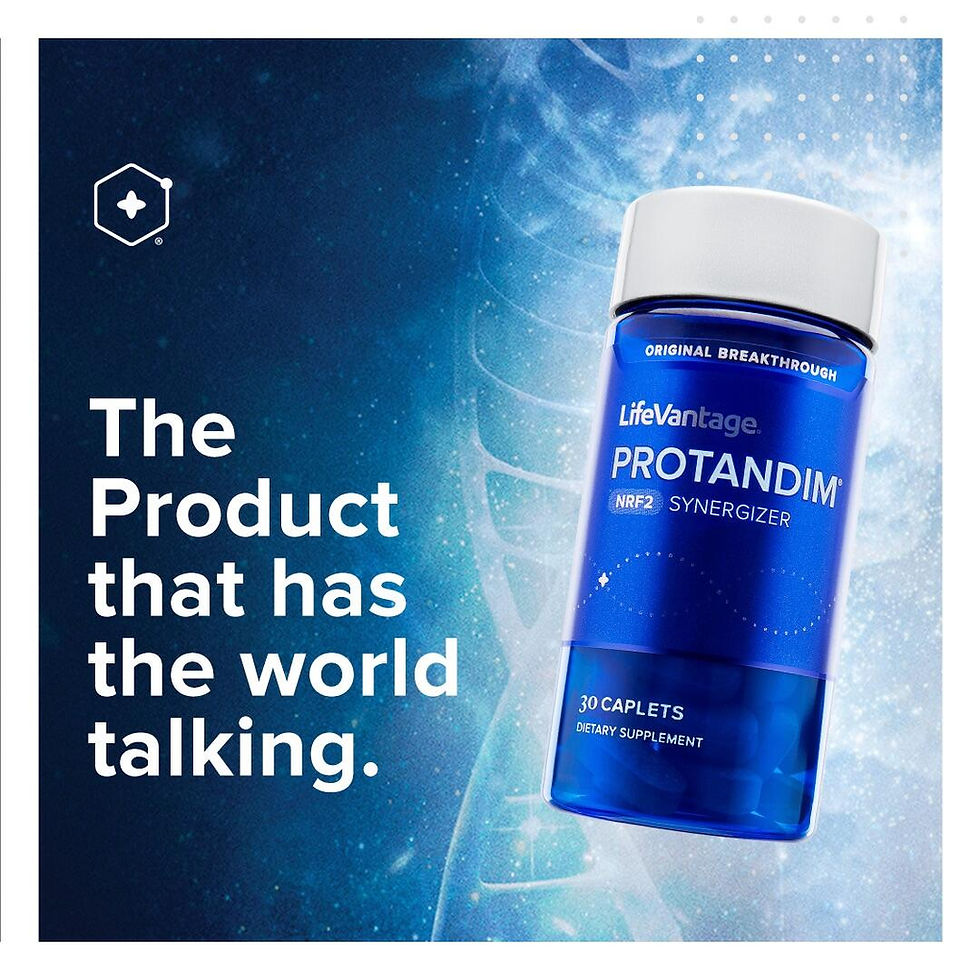Uncovering Oxidative Stress as the Key Contributor to Modern Health Issues
- Oasis

- Apr 23
- 4 min read
Updated: 5 days ago
Oxidative stress is a term often linked to aging, chronic diseases, and mental health issues. But what exactly is it, and why does it matter?
This topic is crucial to understand as oxidative stress is one of the main underlying causes of many chronic conditions we face today. From cardiovascular diseases to cancers, Alzheimer's, and even autoimmune disorders, oxidative stress plays a central and pivotal role.

What Is Oxidative Stress?
Oxidative stress occurs when there is an imbalance between free radicals and antioxidants in the body. This imbalance arises when free radicals exceed the body's capacity to neutralize them, leading to potential damage to cells, proteins, and DNA. Free radicals are generated from normal metabolism, environmental factors such as pollution and radiation, as well as poor lifestyle choices like smoking and excessive alcohol consumption.
Free Radicals
Free radicals are unstable molecules that contain an unpaired electron. Due to their instability, they seek out other electrons to stabilize themselves. However, in this quest, they can inflict damage on healthy cells, proteins, and DNA.
Antioxidants
Antioxidants combat free radicals by donating electrons. Your body produces some antioxidants on its own, including glutathione, superoxide dismutase, and catalase. Additionally, it relies on external sources for more antioxidants, such as fruits, vegetables, herbs, and specific supplements.
When the production of free radicals surpasses antioxidant defenses, the body enters a state of oxidative stress.

What Causes Oxidative Stress?
Major Triggers of Oxidative Stress
Poor Diet: Diets high in sugar, processed foods, and trans fats can increase oxidative stress.
Environmental Toxins: Pollution, heavy metals, and pesticides contribute significantly.
Chronic Stress and Anxiety: Psychological stress can affect your body's oxidative balance.
Smoking and Alcohol: Both habits produce free radicals that can lead to oxidative damage.
Radiation and UV Exposure: Both are known sources of oxidative stress.
Intense or Prolonged Physical Exertion: Overexertion can elevate free radicals in the body.
Lack of Sleep: Sleep deprivation can increase oxidative stress levels.
Blue Light Exposure from Digital Devices: Prolonged exposure can lead to oxidative damage.

What Happens When Oxidative Stress Takes Over?
When oxidative stress is left unchecked, it goes beyond causing temporary fatigue or inflammation. It starts breaking down the body at a cellular level.
Here are some effects of excessive oxidative stress:
Damage to DNA: This leads to mutations, accelerated aging, and a higher likelihood of cancer.
Destruction of Proteins and Lipids: This can affect metabolism and skin elasticity, making you look older.
Inflammation of Tissues: Chronic inflammation is a primary cause of many diseases.
Compromised Immune Function: This makes the body more susceptible to infections and autoimmune responses.
Weakened Mitochondrial Function: Reduced cellular energy (ATP) contributes to fatigue. One solution is to Try Red Light Therapy for enhanced ATP and better mitochondrial function.

The Link Between Oxidative Stress and Disease
1. Cardiovascular Disease
Oxidative stress is vital in plaque formation. This process narrows arteries, leading to heart attacks and strokes.
2. Neurodegenerative Disorders
Diseases such as Alzheimer’s, Parkinson's, and multiple sclerosis see oxidative stress damaging neurons, disrupting neurotransmitter function. The brain is particularly vulnerable to this type of damage.
3. Cancer
Oxidative stress can cause DNA damage that leads to mutations, initiating tumor growth.
4. Autoimmune & Inflammatory Diseases
Chronic oxidative damage has been linked to conditions like rheumatoid arthritis, lupus, and Crohn’s disease. This creates an overreaction in the immune system and inflammation.
(Try other BIOHACKING therapies for autoimmune conditions)
5. Fatigue & Mitochondrial Dysfunction
Mitochondrial damage from oxidative stress can reduce energy output. This is linked to chronic fatigue syndrome, fibromyalgia, and even accelerated aging. You might be aging from the inside out.
6. Vision Loss & Eye Diseases
Oxidative stress is a significant factor in conditions like macular degeneration, cataracts, and glaucoma. It weakens delicate eye tissues that are constantly exposed to light and oxygen.
7. Aging Itself
As oxidative stress accumulates over time, the consequences manifest as wrinkles, cognitive decline, stiffness, and reduced immunity.

Reducing Oxidative Stress Naturally
Your body has a master regulator called Nrf2, which controls the expression of antioxidant and detoxification genes. Activating Nrf2 can significantly boost your body’s endogenous antioxidant defense.

Compounds that activate Nrf2 include:
Sulforaphane (from broccoli sprouts)
Curcumin (turmeric)
Green tea catechins
Resveratrol
Protandim® Nrf2 Synergizer (a researched supplement that combines several Nrf2 activators)
Additionally:
Include berries, citrus, spinach, and kale in your diet.
Eat nuts, seeds, and olive oil.
Use herbs like rosemary, thyme, and oregano.
Choose clean, organic produce.
Utilize non-toxic home and skin care products.
Drink filtered water.
Ensure quality sleep, ideally 7–9 hours.
Manage stress through breathwork, meditation, or yoga.
Exercise regularly, but avoid overtraining.
Stay away from smoking and limit alcohol intake.

Therapies that can help include:
Cryotherapy
Infrared Sauna
PEMF Therapy
Red Light Therapy
Halotherapy (Salt Therapy)
These therapies are available at Oasis Cryo. Book today, or stop by and start feeling amazing. Try one or all, and incorporate them into your lifestyle for physical and mental improvements. The best part is that it’s all done NATURALLY!
Oxidative Stress Is the Root — So Address the Root
Often, we focus on treating symptoms like high blood pressure, joint pain, brain fog, or fatigue. Instead of fighting symptoms, we should combat oxidative stress— the root issue. Fight back today and start living a better, healthier life.



Comments